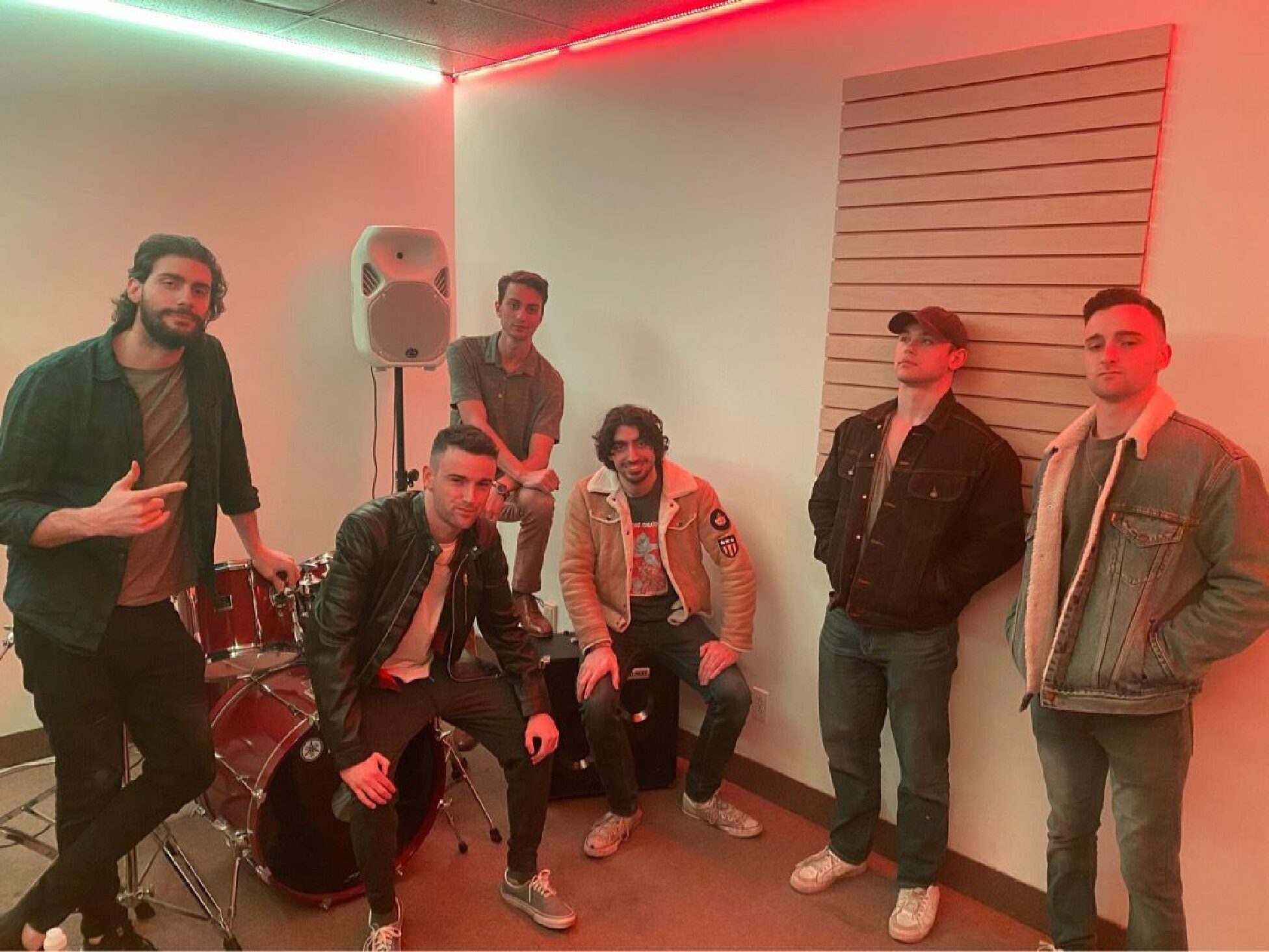Associating Nadja with a particular genre or scene can be a difficult task, because for the most part there are few genres/scenes in Canada to associate them with. The Toronto duo Aidan Baker (guitars/vocals/piano/woodwinds/drums) and Leah Buckareff (bass/vocals) combines elements of metal, drone, noise and ambient shoegazer, yet at the same time cannot be fairly pinned down to any one of these particular genres.
“We cross a lot of boundaries,” said Baker. “Sometimes we’re not metal enough for the metal crowd or not electronic enough for the electronic crowd, which is cool, but also hard because people don’t know what to do with you.”
This can make performing interesting, as they often find themselves sharing a bill with bands that they musically have little relation to, and therefore audiences which might have little patience with them. But Baker doesn’t see this as a problem. “It can be fun to challenge people’s preconceptions. I know some people have come away saying ‘man what the hell was that?'”
Nadja began in 2003 as a solo project of Baker’s in which he incorporated his past experimental ambient guitar works into a heavier noise oriented aesthetic. In 2005 he was joined by Buckareff on bass to help develop Nadja into more than just a studio project, and to enable them to perform live.
Over this span Nadja has released more than ten albums, their latest, the critically praised Radiance of Shadows, on Montreal’s Alien8 Recordings, consists of three songs averaging over 25 minutes each. Though retaining many of the elements which defined their early recordings, such as heavy, distorted doom riffs, drone noise and cold punishing percussion (usually provided by a drum machine), Radiance is by far their most cohesive album. “I think we’ve evolved compositionally, we kind of started out with a bit more of an abstract feel, now I think we’ve become able to combine both the abstract and the more structured, so it gives us more cohesion while at the same time it allows us to be more experimental,” Baker explains.
Despite having a more mature sound than in most of their past work, the songs on Radiance were actually written by Baker over ten years ago. “They were originally more indie rock, they had a heavy feel, but with more of a Sonic Youth or Dinosaur Jr. sort of vibe. We revisited these songs and sort of Nadjified them.” Baker said.
One term which Nadja has frequently been labeled as is “doom metal,” often being compared with the band Sunn O))). In an attempt to stir up a doom metal beef, I asked Baker which band was better, though he was reluctant to give a definitive answer, “I don’t think it’s exactly a fair comparison, we do get compared to them a lot, but our aesthetic is pretty different, so it’s hard to say.”
Many doom metal bands develop their sound via Black Sabbath and the Melvins, and though Nadja is rooted in a similar lineage, its members were more inspired by the post punk/metal bands of the 90s, than by the stoner grunge scene. “I was into industrial stuff in the early 90s,” Baker explains. “That kind of got me more interested in noise music and experimental music, and so I actually got away from metal then, but then kind of came back to it with bands like Godflesh and The Swans.”
I admittedly was expecting Baker, the man who has produced albums such as Truth Becomes Death, Bodycage and Bliss Torn from Emptiness to be as dark and intensely unapproachable as one could imagine, but instead he turned out to be one of the nicest, most soft-spoken musicians I’ve encountered. “A lot of people comment on the discrepancy between our music and personalities,” Baker said. “We’re not actually like that.” Then what about the band name Nadja? Surely it must be some sort of mythological god of doom and destruction! “Actually it’s [Aidan] spelled backwards, but with a J.” Oh well, you know what they say, “you can’t judge a person by their morbidly dark doom metal lyrics.”
Mafuba performs alongside Takuya Kuroda
Concordia-adjacent band, Mafuba, opened for renowned trumpeter Takuya Kuroda’s group in a show on April 3, 2024. A…



